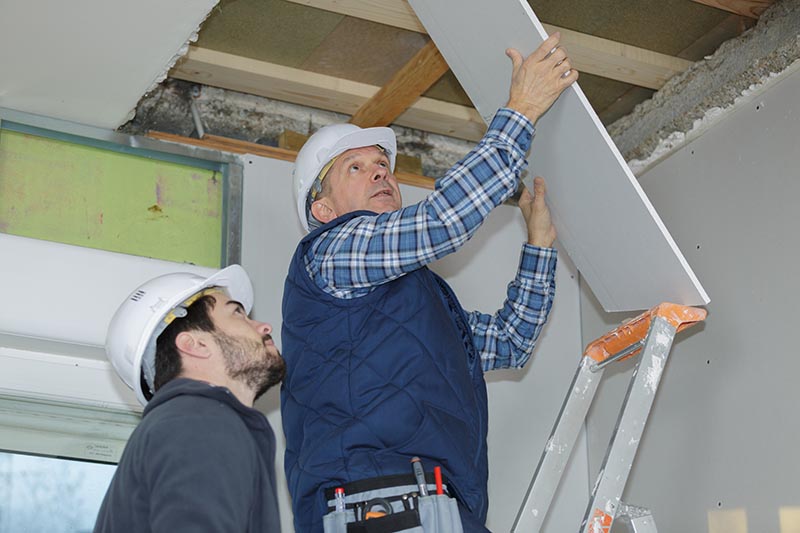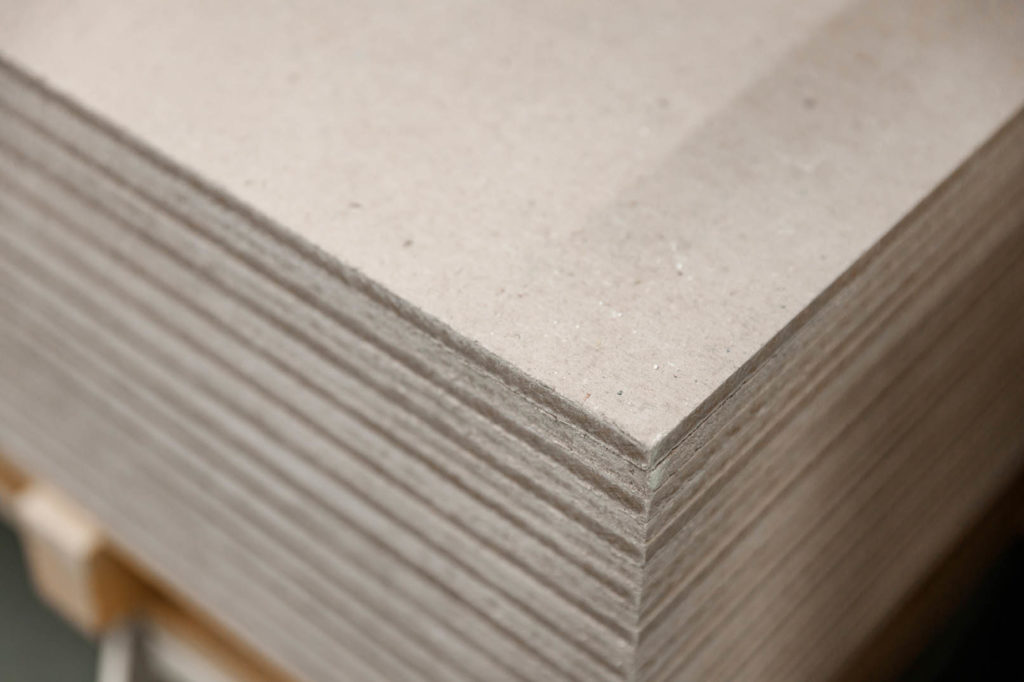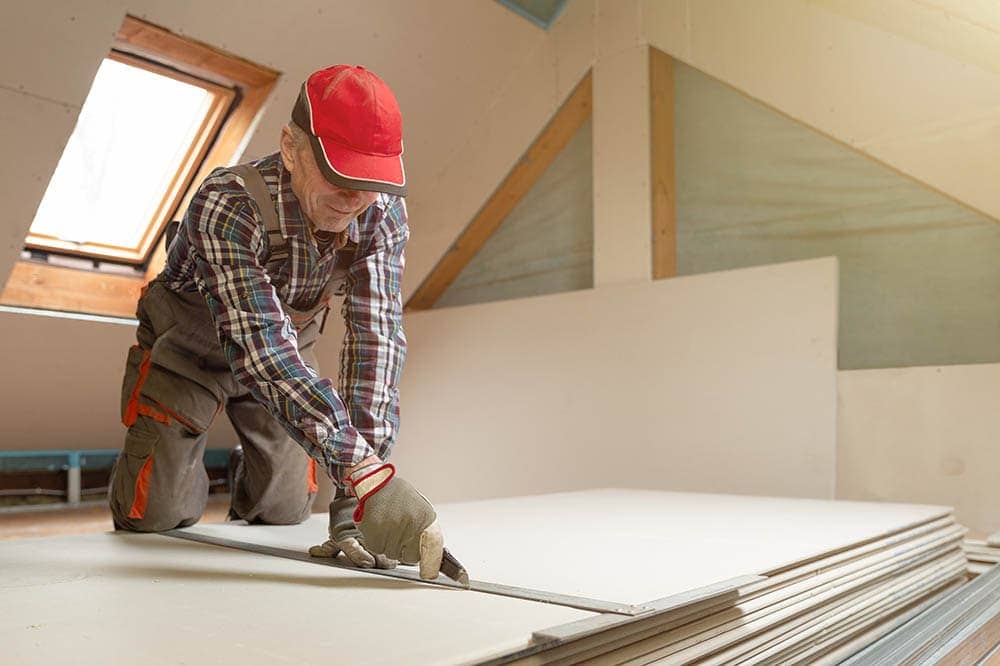Is Drywall Flammable? What You Should Know
-

- Last updated:

Drywall makes up a good portion of the wall in most houses. While there are many home fires each year, that does not necessarily mean drywall is flammable. So, how worried should you be if a flame comes near drywall, and are there safer options out there for you to pick from? We answer those questions and more for you here.

Is Drywall Flammable?
The drywall is non-flammable. In fact, all drywall is fire resistant, which is a big reason that it is such a popular choice in buildings.
But keep in mind that just because it’s not flammable, that doesn’t mean it won’t burn or catch fire eventually. Fire-resistant doesn’t mean fireproof.
It does mean that drywall provides a layer of protection in the case of a fire, which is a nifty feature for the walls in a building.

What Makes Drywall Fire Resistant?
Two different materials make up drywall: paperboard and gypsum. Paperboard is flammable, and it makes up the outer layer of drywall. However, gypsum makes up the interior of drywall and is extremely fire-resistant.
It’s this internal layer of gypsum that makes drywall so fire-resistant. It’s also why the thicker the drywall, the more fire-resistant properties you get.
At What Temperature Does Drywall Burn?
While it depends on the type of drywall, ordinary drywall will burn at 176 degrees Fahrenheit. However, it generally takes a while or drywall to burn up completely, and if you’re using fire-rated drywall, it will take even longer for it to burn. Of all the different types of drywall, fire-rated drywall takes the longest to burn and provides the most protection from fire.
What Is Fire-Rated Drywall?
Fire-rated drywall is much like standard drywall in that it uses both paperboard and gypsum. But it’s generally a little thicker, with a typical thickness of 5/8”. Not only does this extra thickness help out with fire resistance, but it also has glass fibers mixed in. These add another layer of fire resistance.
Finally, for drywall to qualify as “fire rated,” it needs to be able to withstand fire for at least 1 hour, which gives first responders more time to get to the burning building before it collapses.
Another perk of fire-rated drywall is that since it is thick, it provides additional insulation and soundproofing advantages.

Do You Need Fire-Rated Drywall?
While there’s no doubt that fire-rated drywall provides additional protection from fires, you don’t need to rush out and replace all the drywall in your home. Instead, it’s best to use fire-rated drywall in specific applications, like in a kitchen or around a fireplace.
Throughout the rest of your home, regular drywall should work just fine, as long as you pair it with smoke detectors. In fact, even if you have fire-rated drywall throughout the house, you should still have smoke detectors in your home to keep you and your family safe.

Final Thoughts
While it’s nice to know that drywall has fire-resistant properties, don’t take it for granted. Just because it won’t burn fast doesn’t mean it won’t burn at all, and you still should invest in smoke detectors and other fire alarm systems to let you know if there’s a fire in your home.
That way, you can get out while the drywall holds strong, and you and everyone in your family can stay safe.
Featured Image Credit: ALPA PROD, Shutterstock
Contents
